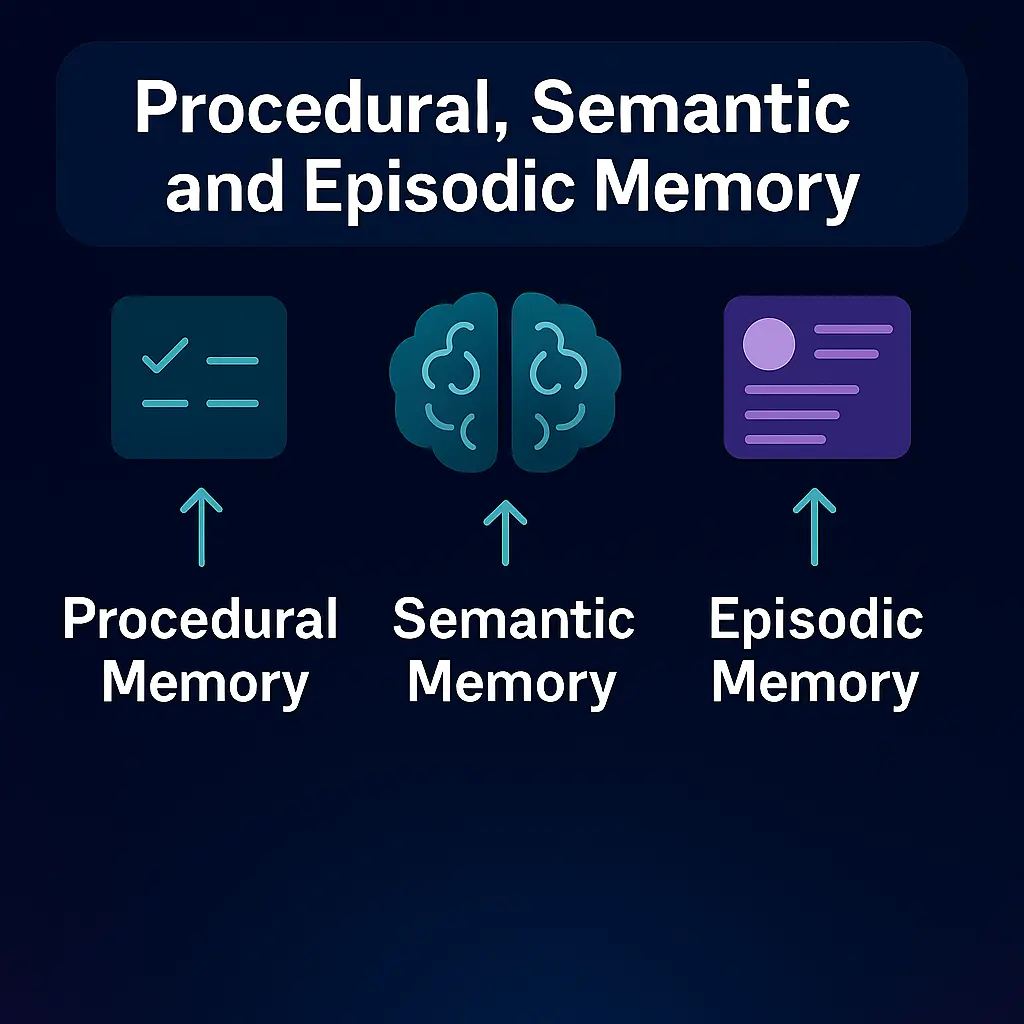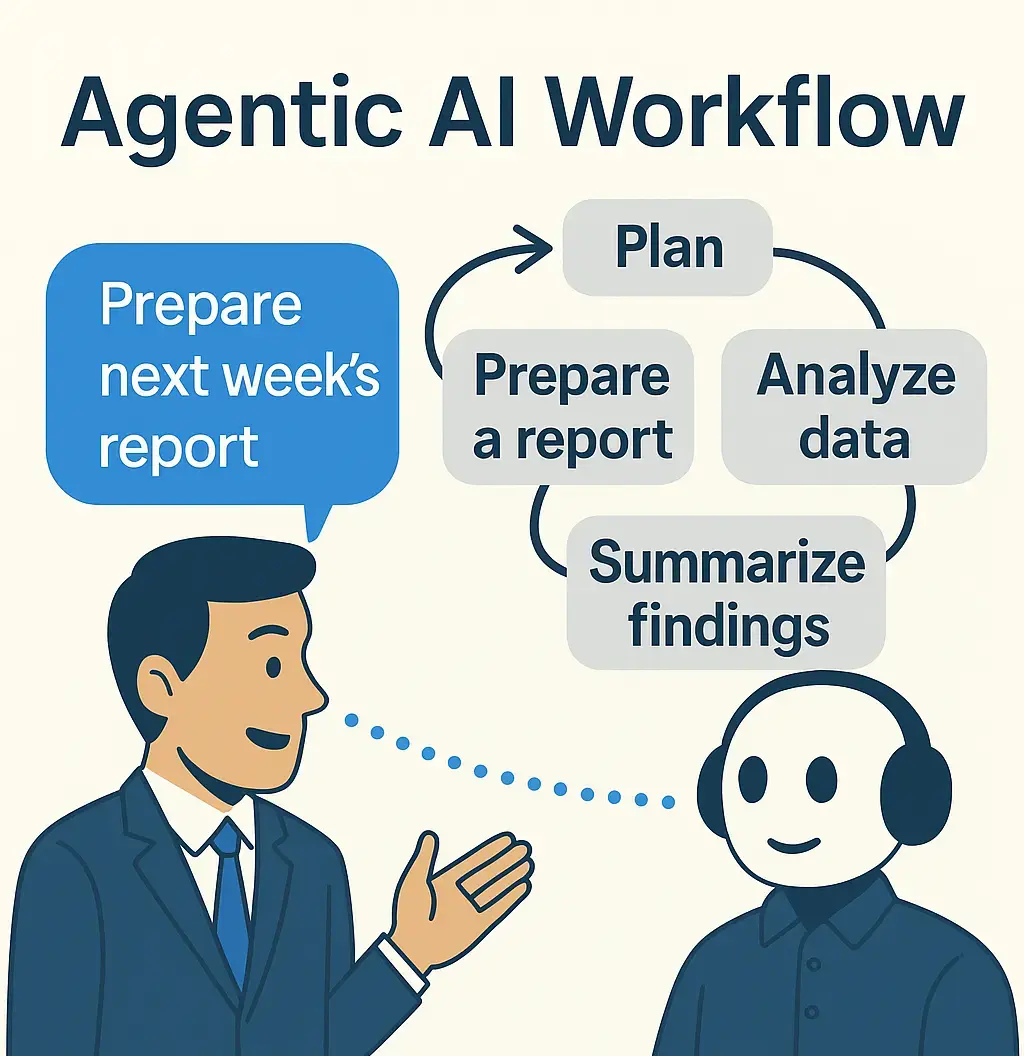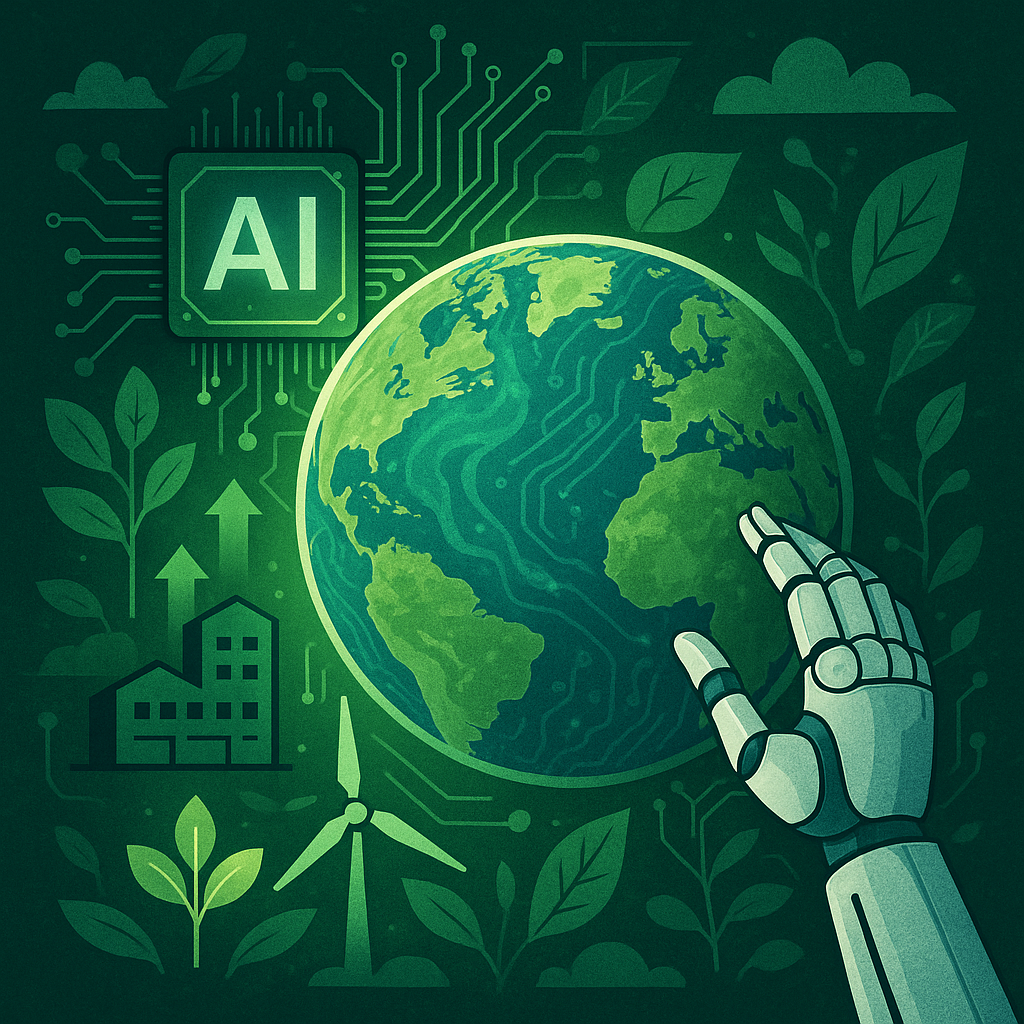
05.06.2025
Protocols for AI Agents: A2A, MCP, and ACP
Discover how A2A, MCP, and ACP protocols enable seamless communication, collaboration, and data integration between AI agents and systems. Learn how enterprises use these standards to build scalable, secure, and interoperable AI assistant infrastructures.
Navigation
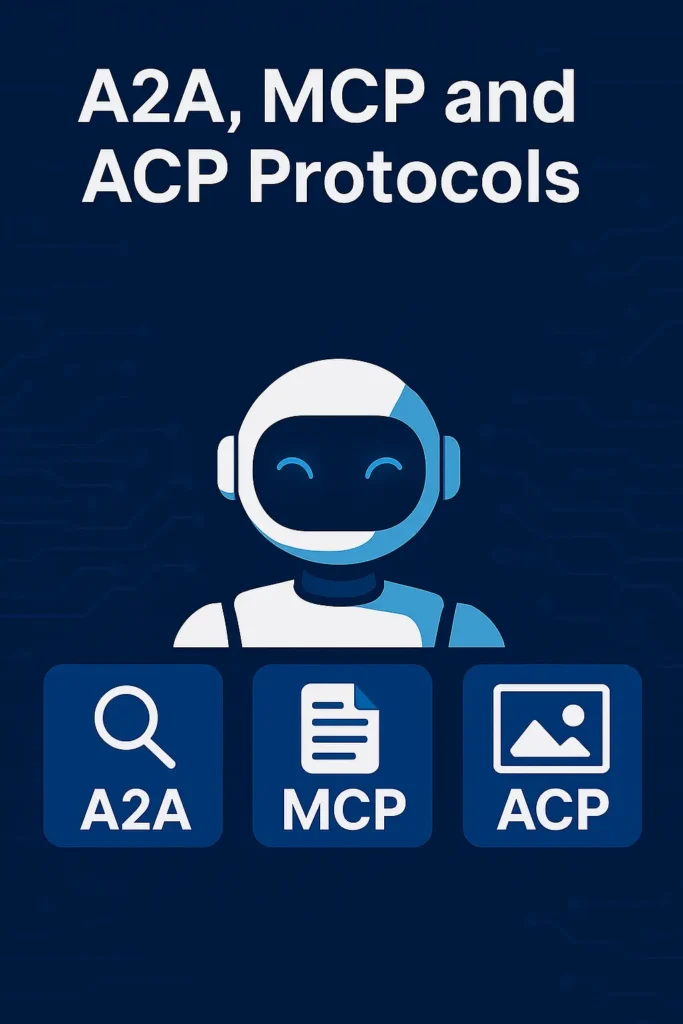
AI assistants are becoming increasingly embedded in all areas of our lives. However, to be truly effective, these assistants must not only interact with humans but also communicate seamlessly with each other and with other systems. This is where key interoperability protocols come into play.
Three major protocols that have recently gained attention are:
MCP (Model Context Protocol)
A2A (Agent-to-Agent Protocol)
ACP (Agent Communication Protocol)
These protocols provide a foundational infrastructure that enables AI assistants to exchange data, collaborate, and coordinate task execution efficiently.
MCP (Model Context Protocol)
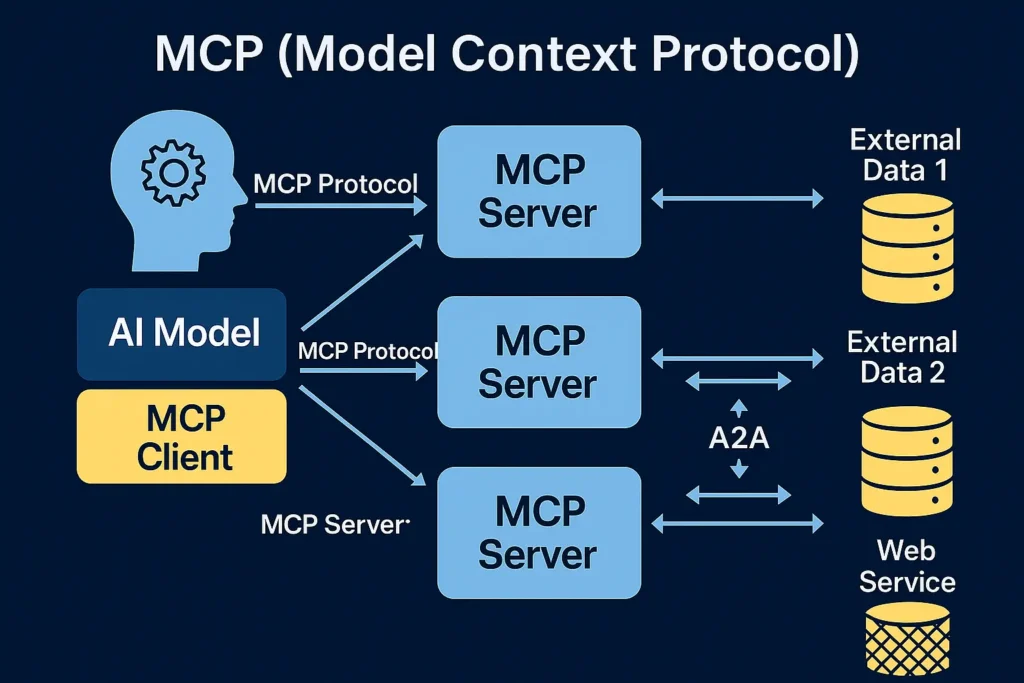
The Model Context Protocol (MCP) is an open-source standard introduced by Anthropic in late 2024. Its primary objective is to enable AI models—particularly large language models (LLMs)—to dynamically interact with external data sources and tools. Anthropic refers to MCP as the “USB-C port of the AI world”; just as USB-C connects diverse devices through a unified interface, MCP bridges LLM-based systems with various tools and datasets through a standardized interface.
MCP acts as a gateway that allows language models to access real-time, external, non-training data sources. For instance, an AI assistant can retrieve relevant information from PDF files, emails, internal databases, and third-party APIs to enrich its context for a given task.
Technical Architecture and Communication Model
MCP follows a client-server architecture and consists of three key components:
MCP Host (Main Application): The application hosting the AI model or facilitating interaction with it. It forwards data requests from the LLM to MCP servers and routes the responses back to the model.
MCP Server: Middleware services that connect to data sources such as files, database entries, APIs, or dynamically generated content. Each server exposes its capabilities in a structured JSON format, allowing hosts to discover and access available data endpoints.
MCP Client: Interfaces with MCP servers to retrieve the necessary data and forward it to the model. A single client can interact with multiple MCP servers simultaneously. For example, a SkyStudio AI assistant could fetch company documents while also retrieving real-time financial data from a third-party API.
Communication between components typically occurs over HTTPS using JSON messages, with enterprise-grade security protocols like OAuth2 integrated to ensure secure data access and control.
Operational Logic and Contextual Data Injection
A key feature of MCP is its ability to inject contextual data dynamically into the model. This means the model receives only the relevant data needed for the user’s current query, rather than being overloaded with entire datasets. This approach not only reduces prompt size and improves response speed but also enhances accuracy by eliminating unnecessary information.
For example, if a user asks, “How do this month’s sales compare to last month’s?” the assistant can retrieve just the sales data for those two months and inject it into the model’s context to generate a concise and accurate response.
Advantages and Disadvantages of MCP
Advantages:
Standardized integration of diverse tools and data sources
Enables real-time and up-to-date access to information
Improves model performance by reducing irrelevant data
Model-agnostic and forward-compatible structure
Strong security and access control features
Supported by a growing ecosystem and open-source community
Disadvantages:
Primarily supports single-model use cases; lacks multi-agent communication capabilities
Additional architecture components may add complexity in lightweight deployments
Not all systems have ready-made MCP servers, requiring extra development
Debugging can become complex when multiple systems interact
A2A (Agent-to-Agent Protocol)
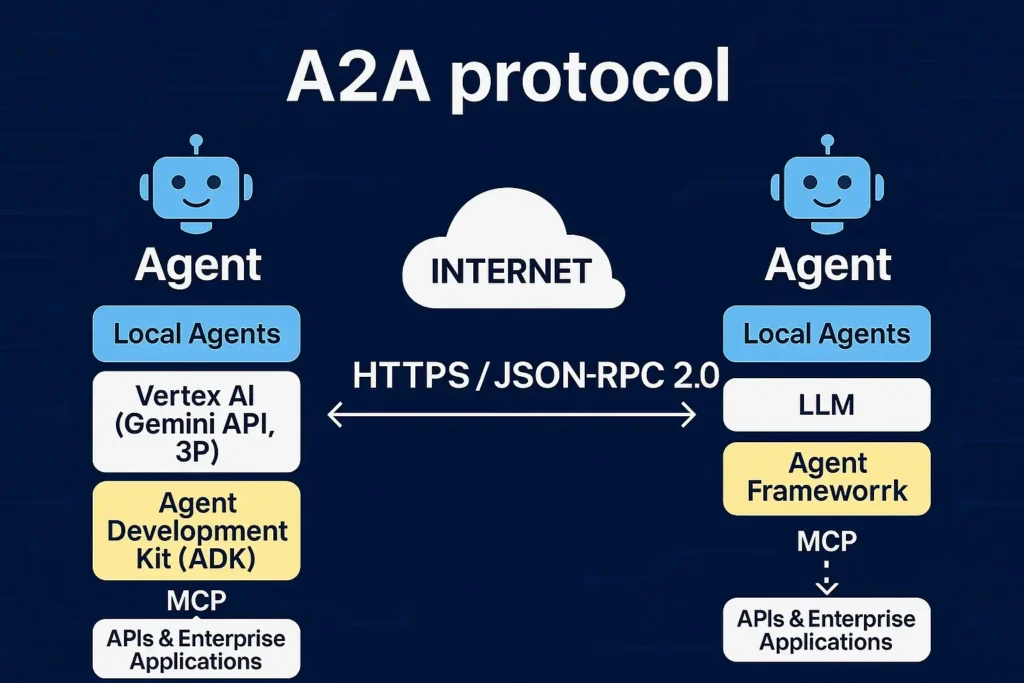
Announced by Google in April 2025, the A2A (Agent-to-Agent) Protocol enables different AI agents to communicate directly, securely share data, and coordinate on tasks collaboratively.
A2A allows AI systems developed by different vendors and platforms to communicate using a shared protocol. During development, Google partnered with over 50 major tech companies including Salesforce, Atlassian, SAP, and ServiceNow.
Designed to complement MCP, A2A focuses on inter-agent communication. While MCP allows AI assistants to fetch external data and tools, A2A enables direct cooperation among agents from different platforms. Google describes A2A as a protocol that unifies agents from various infrastructures through a standard communication framework.
Architecture and Communication Model
A2A is based on an HTTP client-server model. Each AI agent functions as a web-accessible service, exposing its capabilities, endpoints, and authentication requirements through a JSON-based structure called an Agent Card. This allows agents to discover each other’s functions and communication methods.
Communication follows the JSON-RPC 2.0 protocol over HTTPS. Agents interact by sending task-oriented requests and receiving results. Each task has a defined lifecycle: submitted, in progress, awaiting input, and completed. For long-running tasks, agents can exchange updates via polling or real-time push notifications.
All A2A-compatible agents can both send and receive tasks, enabling dynamic and coordinated collaboration.
Example Scenario:
If a user tells a SkyStudio assistant, “Can you handle all preparations for the upcoming conference in Istanbul?”, the assistant may:
Contact a travel planning agent to book transportation and accommodation
Connect with an event management agent to register for the conference and obtain access credentials
Sync with a calendar agent to add relevant events to the user’s schedule
Each agent reports back upon completing its task, enabling faster, more reliable execution without requiring multiple user commands.
Advantages and Disadvantages of A2A
Advantages:
Seamless interoperability across AI systems from different vendors
Strong industry support, led by Google
Easy integration using familiar web standards (HTTP, JSON)
Standardized task states facilitate workflow orchestration
Secure communication with built-in identity and authorization
Open source and community-driven development
Disadvantages:
Web-based communication can add processing overhead to local systems
Multi-agent management may increase system complexity
As a new standard, it is still maturing—version inconsistencies may arise
Extensive identity and access management is required, posing risks in poorly configured systems
ACP (Agent Communication Protocol)
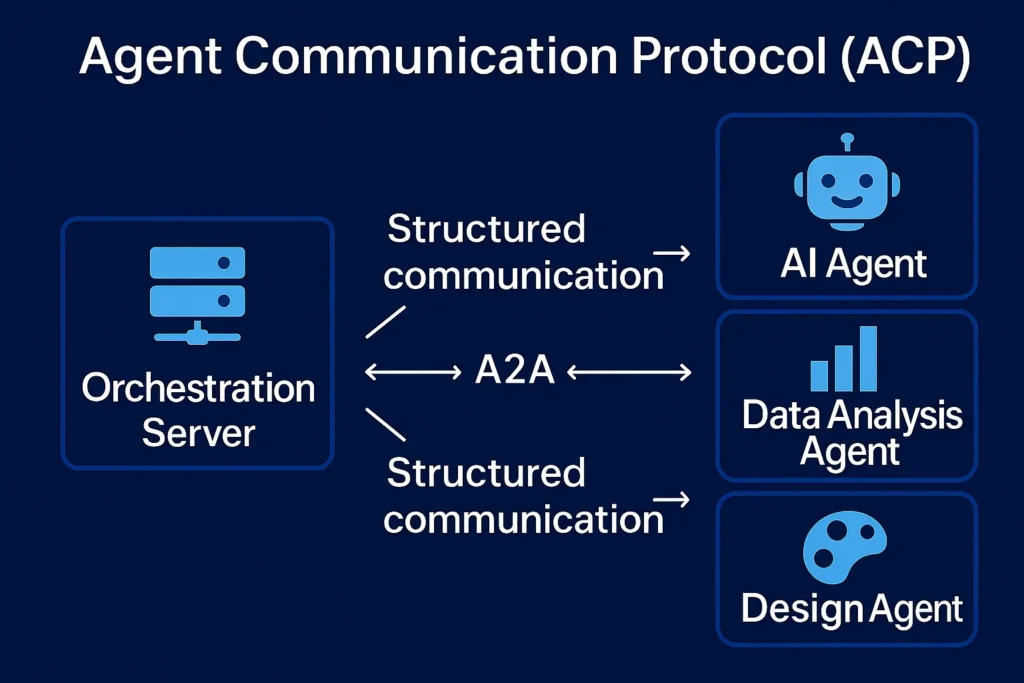
ACP, developed by IBM Research and maintained under the Linux Foundation as an open-source project, is a communication protocol designed for structured, low-latency messaging between AI agents operating in the same local or edge environments.
Different agents may use varying frameworks or languages. ACP abstracts these differences, providing a shared interface for unified agent interaction. Platforms like Skystudio benefit by orchestrating complex, multi-agent workflows as if managing a single cohesive team.
ACP addresses the common “silo” problem in AI development, where isolated teams create agents using incompatible technologies. By standardizing communication, ACP enhances data sharing and collaboration.
Architecture and Operating Model
ACP follows a RESTful architecture. Agents communicate through HTTP endpoints using structured JSON messages. Both synchronous and asynchronous communication are supported. ACP emphasizes simplicity, avoiding complex protocols like JSON-RPC in favor of standard HTTP verbs.
ACP-enabled platforms typically consist of two core components:
Orchestration Server: Manages agent lifecycles, routing, and external communication through a centralized interface
Agents: Use wrappers to conform to the ACP standard and communicate via the common interface
Agents exchange task requests, queries, or status updates. ACP also supports streaming, allowing real-time progress updates during long-running operations.
Example Scenario:
If a user asks, “Can you generate a detailed analysis of the past six months of sales data?”, SkyStudio might:
Route the request to a data analysis agent via ACP
The analysis agent processes the request and streams intermediate results back
Upon completion, the agent returns the final output to the main assistant for user delivery
ACP also supports agent discovery and registration. Agents register with the server on startup and unregister when stopped, enabling scalable and flexible system design.
Advantages
Local Performance and Low Latency: ACP is optimized for local environments. Agents running on the same machine can communicate quickly and efficiently.
Data Privacy: Data remains within the organization and is not transmitted externally.
Easy Deployment and Management: The installation and orchestration of multiple agents is simplified.
Platform Independence: Agents developed with different technologies can be integrated via a unified interface.
Observability: The built-in telemetry system allows all inter-agent communication to be monitored.
Open Source and Community Support: Maintained under the Linux Foundation, ACP is open and community-driven.
Disadvantages
Development Maturity: ACP is still in early development stages and may undergo frequent changes.
Limited to Local Environments: It is not ideal for internet-scale or global deployments. For broader communication needs, A2A or MCP is preferred.
Ecosystem Dependency: The current ACP experience is largely tied to IBM’s BeeAI platform.
Limited Industry Adoption: ACP is not yet as widely adopted as A2A or MCP.
Resource Management: Running multiple agents can put significant pressure on hardware resources.
Communication Simplicity: While ACP’s straightforward HTTP-based approach promotes ease of use, it may require developers to implement additional logic to handle complex scenarios.
Protocol Interoperability and Integration

While A2A, MCP, and ACP have distinct focal areas, they are fundamentally complementary solutions designed to work together.
A2A and MCP Compatibility
MCP focuses on providing AI assistants with dynamic contextual data from external sources, while A2A enables communication between multiple agents through a shared protocol. Google and Anthropic present these two protocols as complementary layers that integrate seamlessly.
Example:
On the Skystudio platform, if a user asks, “Can you summarize the customer complaints from the last three months?”, the assistant first uses the MCP protocol to retrieve the relevant complaints from the company’s database. If generating the answer requires additional expertise, the assistant then activates the A2A protocol to consult domain-specific agents. MCP enhances data richness through contextual inputs, while A2A enables distributed collaboration between specialized agents.
ACP and A2A Compatibility
ACP is designed to support secure, low-latency communication between AI agents operating within local environments, whereas A2A targets broader, cloud-based, and internet-scale agent communication.
A simple way to frame this relationship: ACP is ideal for closed-loop, on-premises systems, while A2A becomes essential when those systems need to interact externally.
Example:
Imagine a team using the SkyStudio platform. Team members connect various AI agents—such as document summarizers, image generators, and web search tools—via ACP. A summarizer agent could use ACP to request a suitable cover image from a local image generation agent. Meanwhile, if they need real-time market analysis, they can connect to a SaaS-based search agent using the A2A protocol.
In this scenario:
ACP enables high-speed communication among local agents handling document summarization, image generation, and presentation building.
A2A allows the SkyStudio assistant to retrieve up-to-date information from an online research or news service.
By combining ACP and A2A, platforms like SkyStudio benefit from both local performance and global reach—without the user ever needing to know what’s happening in the background.
ACP and MCP Compatibility
Historically, the development of ACP was inspired by the MCP protocol, resulting in a natural compatibility between the two. While ACP enables communication and coordination among local agents, MCP manages each agent’s access to external data sources and tools.
Example:
On the SkyStudio platform, a data analysis agent operating locally and orchestrated via ACP can connect to a customer database through MCP to access relevant information. While this agent communicates with other agents via ACP, it uses MCP to interface with the external data source. This configuration combines the real-time, localized coordination strengths of ACP with the contextual data integration capabilities of MCP.
Combined Use of All Three Protocols
In a fully integrated scenario, A2A, MCP, and ACP can operate together to create a modular yet cohesive AI system. In an ideal architecture:
ACP ensures high-speed, low-latency communication within local environments.
MCP enables dynamic contextual data and third-party tool integration.
A2A facilitates broad-scale agent interoperability across platforms and cloud environments.
Example:
Within an enterprise, agents communicate securely over a local network using ACP. A customer support agent accesses client information and sales data through the company’s CRM system via MCP. If the request exceeds local processing capabilities or requires external expertise, the system connects to cloud-based specialist agents through the A2A protocol.
Workflow in this architecture:
The request is initially routed to local agents via ACP.
Relevant contextual data is dynamically injected via MCP.
If broader knowledge or specialized capabilities are needed, A2A is triggered to communicate with external expert agents.
As a result, users receive fast, accurate, and context-rich responses powered by the combined strengths of all three protocols.
References
https://developers.googleblog.com/en/a2a-a-new-era-of-agent-interoperability/
https://medium.com/@elisowski/what-every-ai-engineer-should-know-about-a2a-mcp-acp-8335a210a742
https://www.koyeb.com/blog/a2a-and-mcp-start-of-the-ai-agent-protocol-wars
https://www.linkedin.com/pulse/evolution-ai-communication-mcp-acp-agent2agent-a2a-sudhanshu-sharma
Keep Reading
AI That Works Like You. Get Started Today!
Get in Touch to Access Your Free Demo

